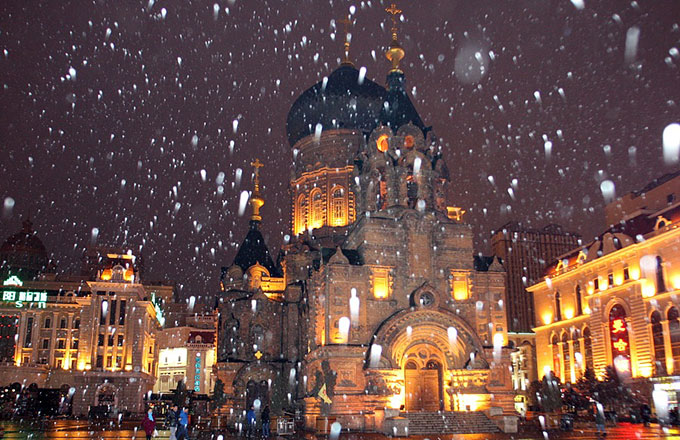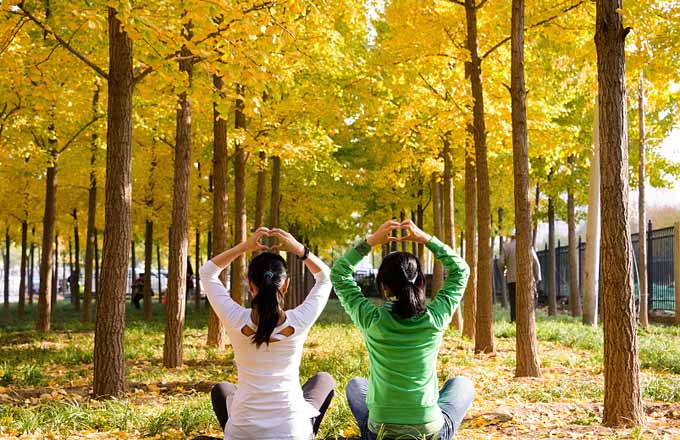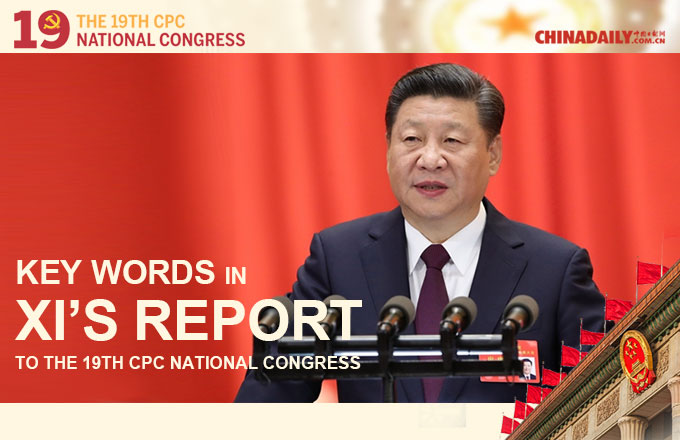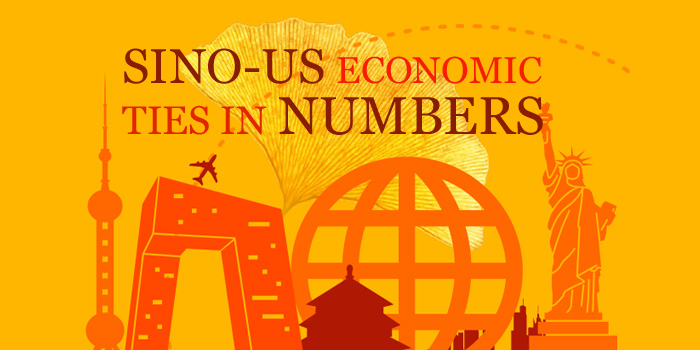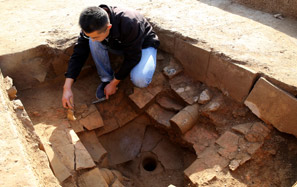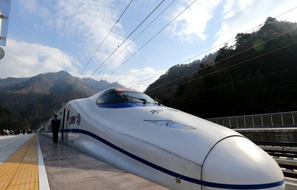US would benefit from easier visa access, experts say
Relaxing restrictions on visitors will send trans-Pacific travel soaring
Tourism industry insiders are calling for easier Chinese access to the US, citing a surge in trans-Pacific leisure travel that has benefitted the United States' economy.
"If the US visa service were easier, particularly for people in second-or third-tier Chinese cities, the market would surely see huge growth," said Xiao Yinyuan, a director at online travel agency Ctrip.
US government figures show a rise in the number of Chinese visitors in each of the past 13 years, with a tenfold increase since 2005. Last year, mainlanders made almost 3 million trips to the US, up by 9 percent from 2015. They spent $33 billion in total.
Wang Huabei, a public relations officer at online travel service provider lvmama.com, attributed the growth to the US' 10-year visa for Chinese people, and an increase in direct flights between major cities of the two countries.
"On top of this, 2016 was China-US tourism year. Events staged by both sides have aroused interest in the US as a destination," he said.
Yet compared with Thailand, which received 8.7 million Chinese tourists last year, and Japan which welcomed 6.4 million, the US still seems wanting.
The long distance and flight time is certainly a factor, but Xiao said the difficulty of gaining a tourist visa is more important. "A US visa requires a face-to-face interview. There are very few US visa centers in China, and applicants may be rejected," he said.
Wang said the peak season for Chinese tourism in the US is between May and October. Popular routes include the "west line" of Los Angeles, San Francisco and Las Vegas, as well as the "east line" linking New York, Washington and Boston.
Xiao said six out of 10 tourists booking US trips through Ctrip are ages 19 to 45, with an average spend of 17,000 yuan ($2,560). "A notable trend is that young students are accounting for a bigger proportion of Chinese tourists to the US, with more heading there for summer camps or study tours," he added.




